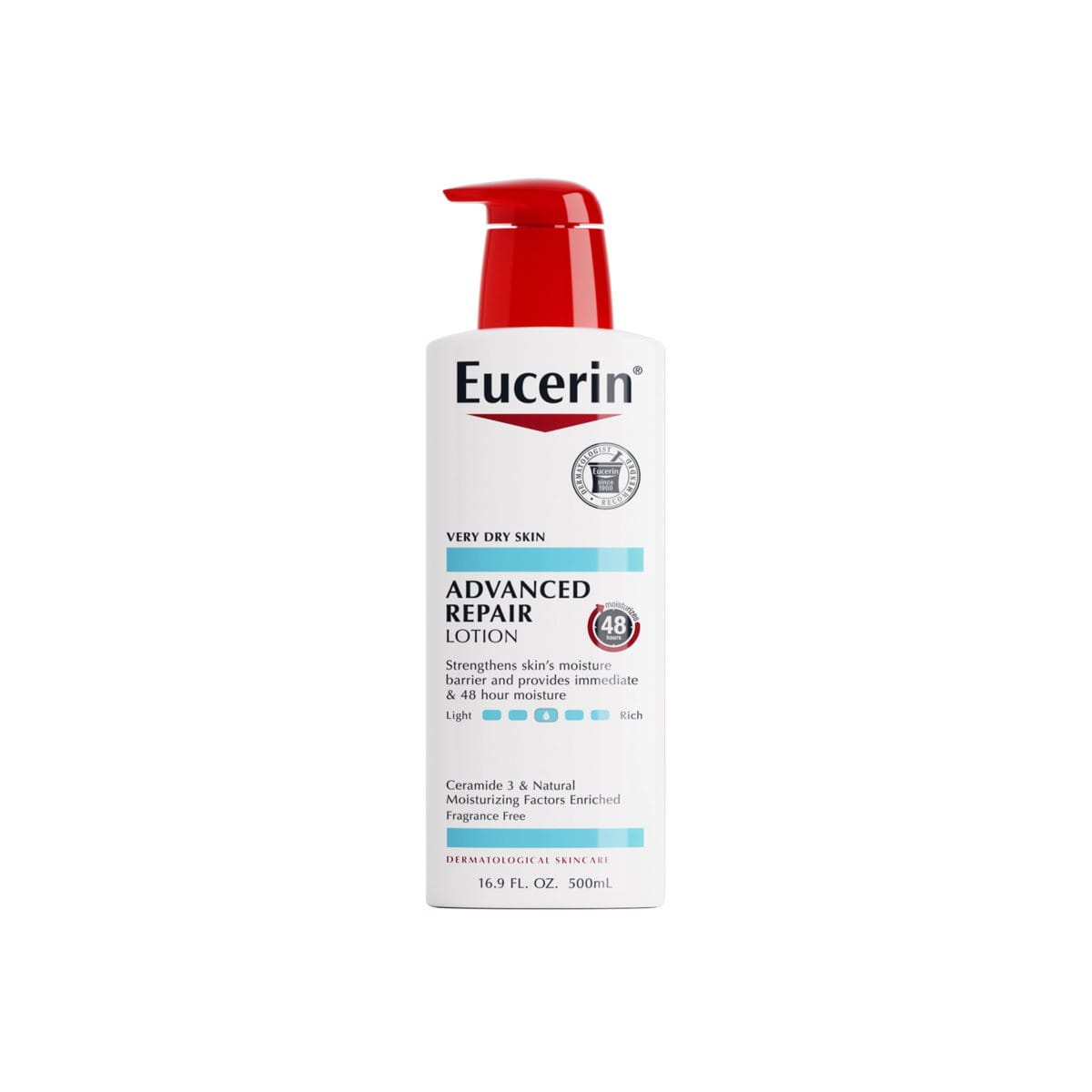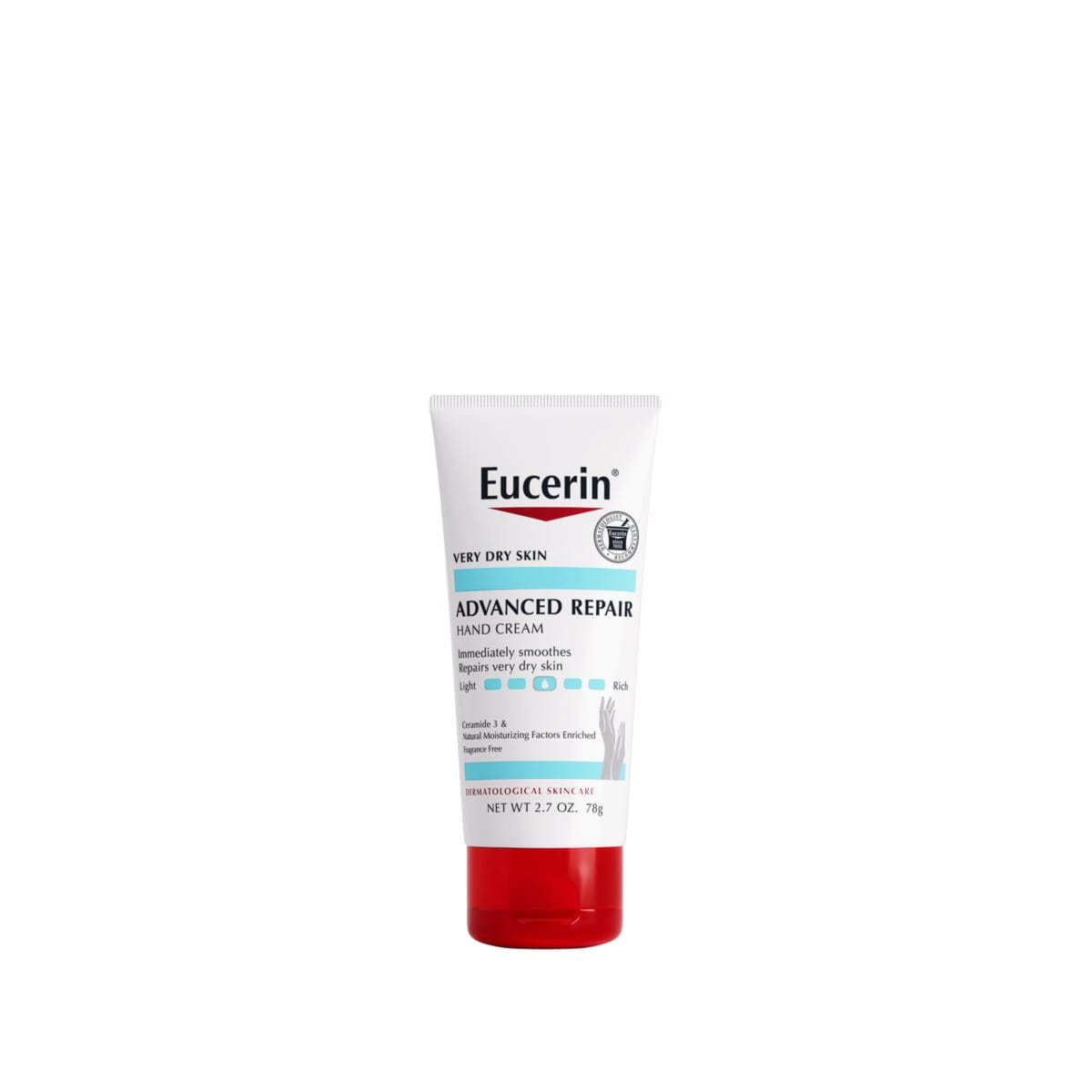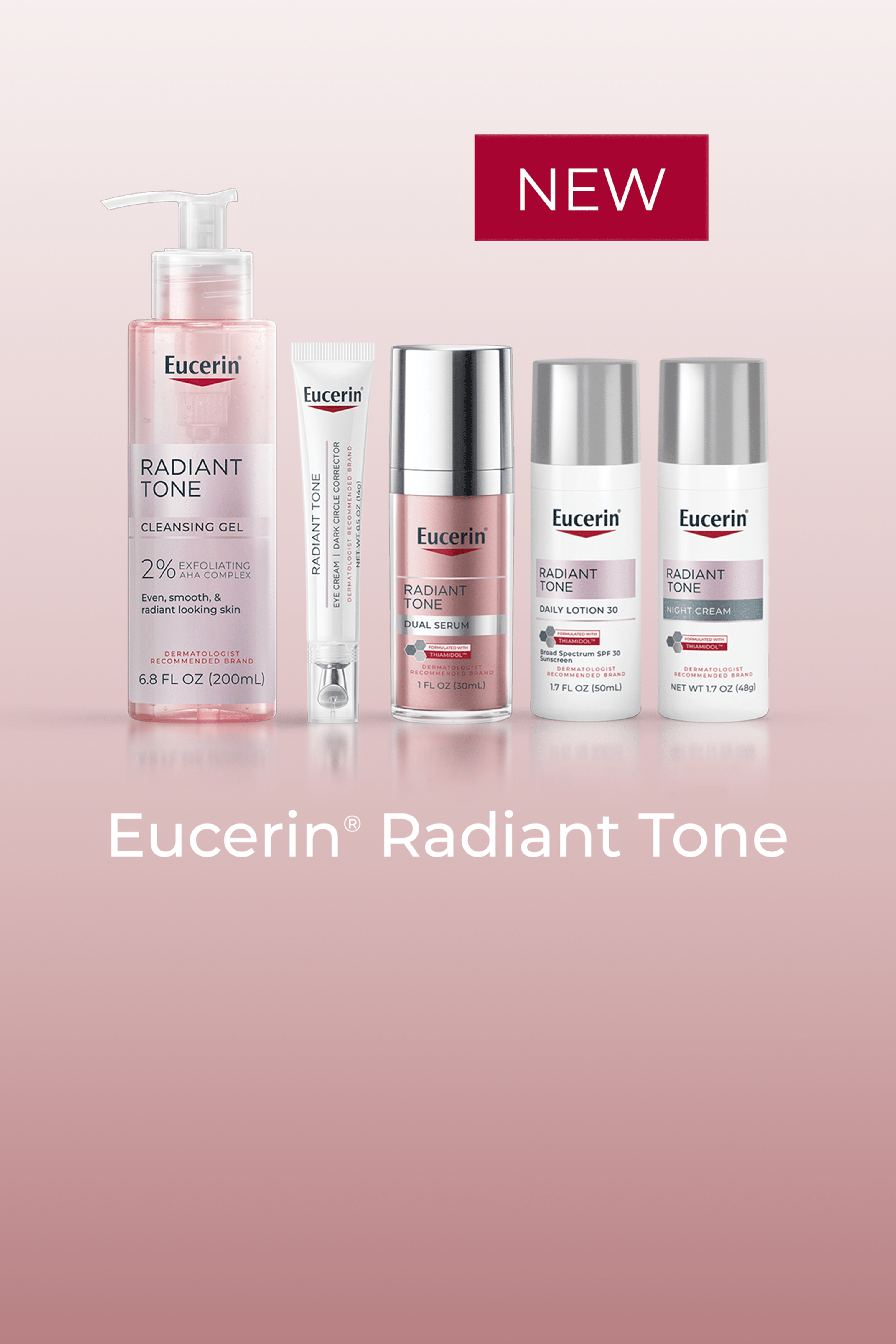The most important role it plays is as a protective barrier between our bodies and the outside world, and skin’s pH is one of its key protective mechanisms. The pH of our skin is constantly challenged by external aggressors such as pollution, and harsh chemicals. Some skincare products can help maintain skin’s optimal pH. This makes skin more resilient and better able to carry out its important work.









